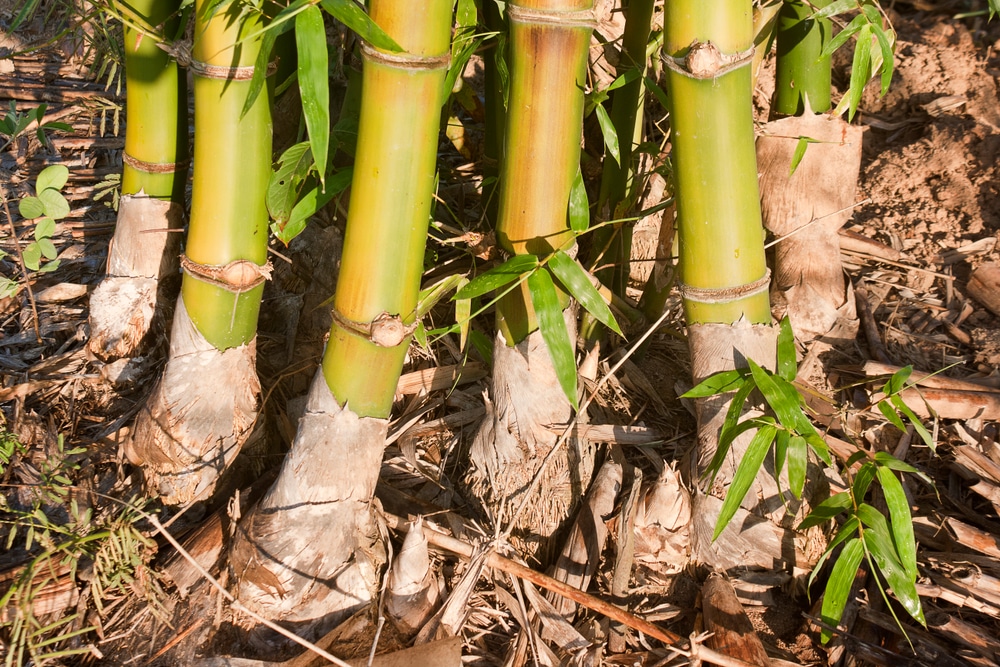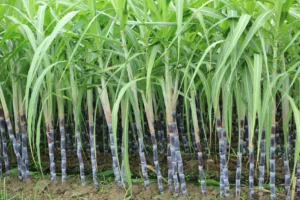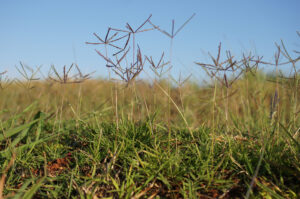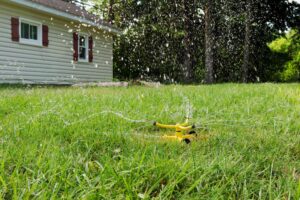How to Grow and Use Culinary Herbs: A Complete Guide to Planting Bamboo
Bamboo is one of the most versatile and sustainable plants you can add to your home or garden. Whether you’re looking to create a privacy screen, add an exotic touch to your landscape, or grow your own material for culinary or craft projects, bamboo offers endless possibilities. This comprehensive guide will walk you through everything you need to know about selecting, planting, and maintaining bamboo in various settings.
Understanding Bamboo Varieties
Before you start planting, it’s important to understand the two main types of bamboo: running and clumping. Your choice will significantly impact how your bamboo grows and the maintenance it requires.
Running Bamboo
Running bamboo varieties spread through underground rhizomes that can extend several feet per year. While these varieties grow quickly and create dramatic effects, they require careful management to prevent them from becoming invasive.
Common running bamboo varieties include:
- Phyllostachys aureosulcata (Yellow Groove Bamboo)
- Phyllostachys nigra (Black Bamboo)
- Phyllostachys edulis (Moso Bamboo)
Clumping Bamboo
Clumping bamboo expands slowly from the original planting, forming a tight clump that grows only a few inches wider each year. These varieties are ideal for smaller spaces or areas where containment is a concern.
Popular clumping bamboo varieties include:
- Fargesia rufa (Chinese Fountain Bamboo)
- Bambusa multiplex (Hedge Bamboo)
- Fargesia nitida (Blue Fountain Bamboo)
Site Selection: Finding the Perfect Spot
Bamboo thrives in various conditions, but proper site selection will ensure optimal growth. Consider these factors when choosing where to plant:
Light Requirements
Most bamboo varieties prefer:
- Full sun to part shade (at least 4-6 hours of direct sunlight daily)
- Protection from harsh afternoon sun in particularly hot climates
- More shade tolerance in warmer southern regions
Soil Conditions
Bamboo grows best in:
- Well-draining soil with good organic content
- Slightly acidic to neutral pH (6.0-7.0)
- Loamy soil that retains moisture without becoming waterlogged
Space Considerations
Before planting, assess your available space:
- Running bamboo needs containment systems if space is limited
- Clumping bamboo requires 3-5 feet of space to reach full size
- Consider mature height when planting near structures or power lines
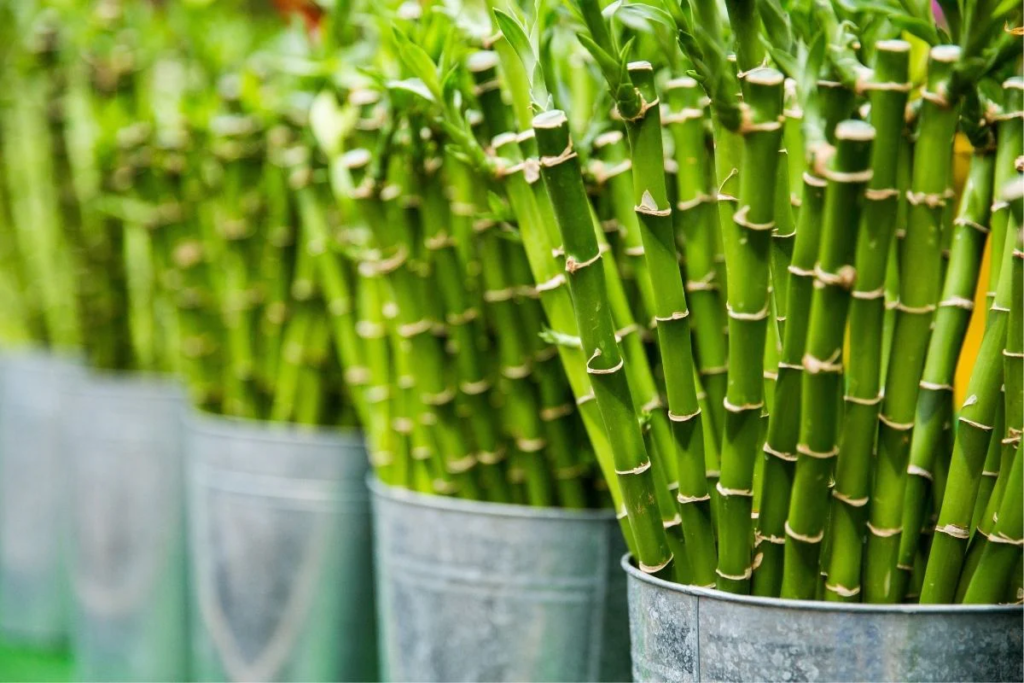
How to Plant Bamboo in Your Home
Indoor bamboo cultivation brings tranquility and natural elements into your living space. Here’s how to succeed:
Container Selection
Choose containers that:
- Are at least 18-24 inches deep and wide
- Have adequate drainage holes
- Are made of sturdy material to withstand root pressure
Indoor Planting Process
- Select a dwarf or slow-growing variety suitable for containers
- Fill the container with high-quality potting mix enhanced with compost
- Plant the bamboo at the same depth it was growing in its nursery pot
- Water thoroughly after planting
- Place in a location that receives bright, indirect light
- Maintain consistent moisture without overwatering
Indoor Bamboo Care
- Mist regularly to increase humidity around the plant
- Fertilize lightly every 2-3 months during growing season
- Repot every 2-3 years or when roots become crowded
- Watch for signs of pests like spider mites or scale insects
How to Plant Bamboo in Your Garden
Adding bamboo to your garden landscape creates striking visual impact while providing functional benefits like privacy and wind protection.
Garden Bed Preparation
- Clear the planting area of weeds and grass
- Dig a hole twice as wide as the root ball and equally deep
- Mix compost or well-rotted manure into the native soil
- If installing a rhizome barrier for running bamboo, dig a trench 30 inches deep around the planting area
- Install a 30-inch high, 60-mil polyethylene barrier, leaving 2 inches above ground
Planting Steps
- Remove bamboo from its container and gently loosen outer roots
- Place plant in the center of the hole at the same depth it was previously growing
- Backfill with soil mixture, firming gently around the roots
- Create a watering basin around the plant
- Apply 2-3 inches of mulch, keeping it away from the culms (stems)
- Water deeply to settle the soil
Establishing New Plantings
- Water frequently during the first growing season (2-3 times per week)
- Apply a balanced, slow-release fertilizer in spring
- Protect new plantings from strong winds and extreme temperatures
- Monitor soil moisture, especially during dry periods
How to Plant Bamboo in a Large Plot
For larger landscapes, bamboo can create impressive groves, privacy screens, or even commercial growing operations.
Site Preparation for Large-Scale Planting
- Test soil pH and amend if necessary to reach 6.0-7.0
- Clear area of existing vegetation
- Till soil to a depth of 12-18 inches
- Incorporate 2-3 inches of compost throughout the planting area
- Install rhizome barriers if using running bamboo varieties
- Consider irrigation system installation for larger plantings
Spacing Guidelines
Large-Scale Maintenance Considerations
- Implement irrigation systems for consistent watering
- Apply fertilizer in early spring and mid-summer
- Control perimeter growth with regular rhizome pruning
- Remove older culms every 1-2 years to encourage new growth
- Consider hiring professional help for initial containment system installation
Bamboo Care and Maintenance
Proper care ensures your bamboo remains healthy and contained while reaching its full potential.
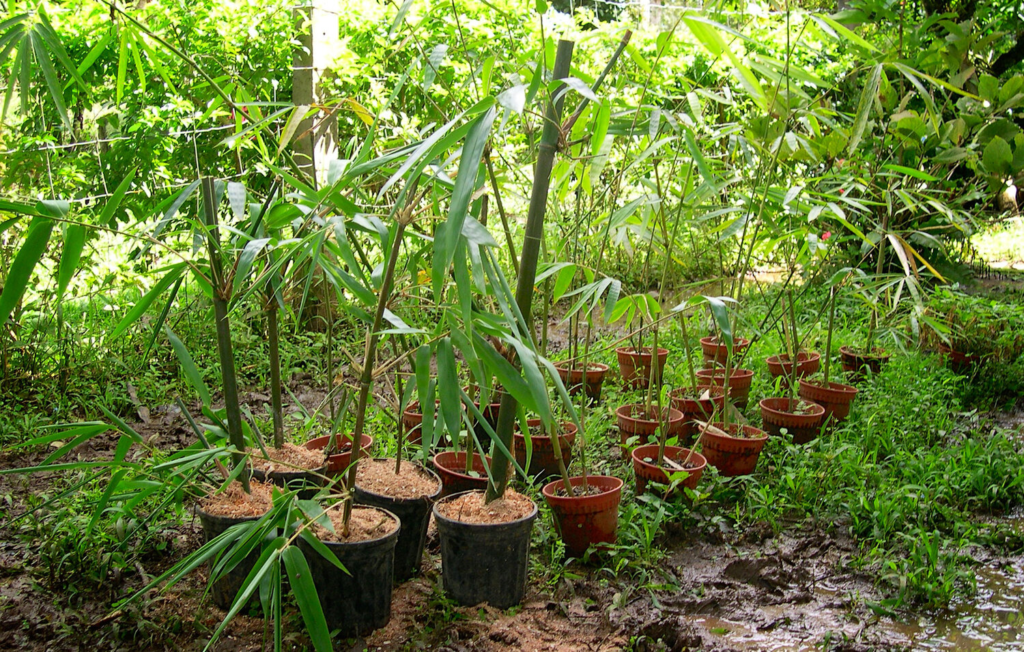
Watering Requirements
- New plantings: Deep watering 2-3 times weekly during first year
- Established plants: 1-2 inches of water weekly during growing season
- Winter care: Reduce watering but don’t allow soil to completely dry out
- Container plants: Check moisture levels regularly as containers dry faster
Fertilization Schedule
- Early spring: Apply balanced fertilizer (16-16-16) before new shoot emergence
- Late spring/early summer: Second application after new shoots develop
- Fall: Light application of nitrogen-rich fertilizer in warmer climates
- Container plants: Fertilize every 60 days during growing season at half strength
Controlling Spread
Running bamboo requires vigilant management:
- Install root barriers made of 60-mil polyethylene 28-30 inches deep
- Trench around plantings annually to sever extending rhizomes
- Create a “rhizome moat” by digging a trench and keeping it clear
- Consider above-ground planting in contained beds
According to the USDA Natural Resources Conservation Service, proper containment systems are essential when planting potentially invasive bamboo species in residential areas.
| Bamboo Type | Purpose | Recommended Spacing | Time to Form Dense Screen |
|---|---|---|---|
| Running Bamboo | Privacy screen | 5-8 feet apart | 2-3 years |
| Running Bamboo | Grove/forest effect | 8-12 feet apart | 3-5 years |
| Clumping Bamboo | Privacy screen | 3-5 feet apart | 3-4 years |
| Clumping Bamboo | Specimen planting | 5-8 feet apart | N/A |
| Container Bamboo | Patio/deck accent | One plant per 18-24″ container | N/A |
Common Bamboo Problems and Solutions
Even with proper care, bamboo can encounter issues. Here’s how to address common problems:
Pest Management
- Spider mites: Increase humidity and spray with insecticidal soap
- Scale insects: Remove manually and apply horticultural oil
- Mealybugs: Spot treat with alcohol-soaked cotton swabs
- Aphids: Spray with strong water stream or apply insecticidal soap
Disease Prevention
- Root rot: Improve drainage and avoid overwatering
- Leaf spot: Remove affected foliage and improve air circulation
- Powdery mildew: Apply fungicide and reduce overhead watering
- Culm rot: Remove affected stems and improve growing conditions
Environmental Stress
- Cold damage: Choose cold-hardy varieties and protect with mulch
- Wind damage: Plant in sheltered locations or provide windbreak
- Drought stress: Increase watering during dry periods
- Nutrient deficiency: Apply appropriate fertilizers based on symptoms
Harvesting and Using Bamboo
One of bamboo’s greatest benefits is its usefulness in various applications.
Harvesting Guidelines
- Harvest culms at least 3-5 years old for maximum strength
- Cut during winter dormancy to reduce moisture content
- Make clean cuts just above a node to prevent water collection
- Harvest in the morning when sugar content is lowest
- Cure harvested culms by standing them vertically for 4-8 weeks
Practical Uses for Home-Grown Bamboo
- Garden stakes and trellises for vegetable gardens
- Decorative fencing and borders
- DIY furniture and craft projects
- Natural privacy screens and wind barriers
- Eco-friendly building material for small structures
Bamboo in the US Market
The bamboo industry in the United States has seen significant growth in recent years as more homeowners and landscapers recognize its aesthetic and practical benefits.
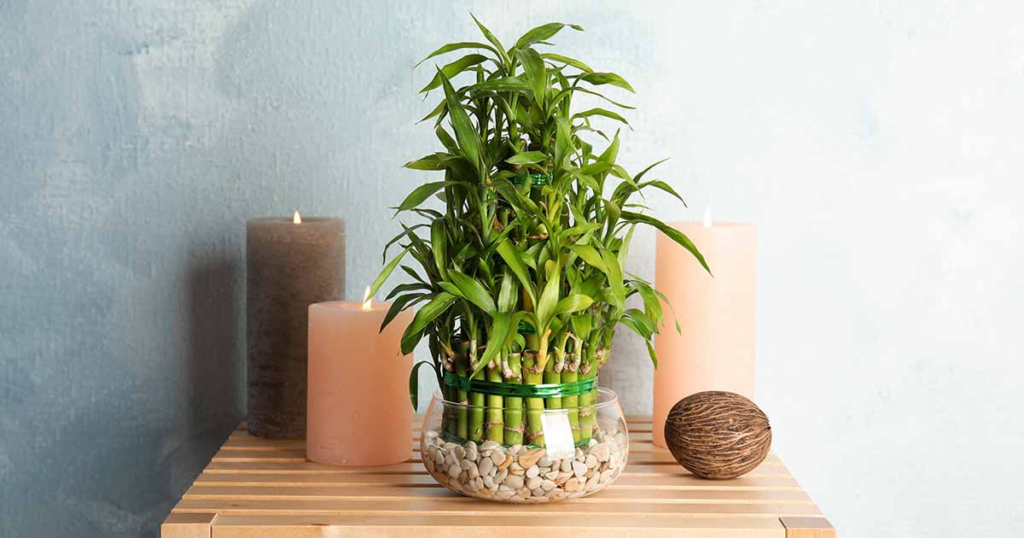
Market Growth
The US bamboo market has expanded beyond traditional ornamental uses to include:
- Sustainable building materials
- Textile production
- Erosion control
- Carbon sequestration projects
- Food production (bamboo shoots)
Economic Considerations
If you’re considering bamboo as a commercial crop:
- Initial investment: $3,000-$5,000 per acre for plants and installation
- Time to maturity: 5-7 years for full production
- Potential annual revenue: $30,000-$40,000 per acre for mature groves
- Market opportunities: Culms, shoots, nursery starts, and carbon credits
Environmental Benefits of Growing Bamboo
Bamboo offers numerous environmental advantages that make it an excellent choice for eco-conscious gardeners:
Sustainability Features
- Carbon sequestration: Bamboo absorbs up to 12 tons of CO2 per hectare annually
- Oxygen production: Produces 35% more oxygen than equivalent tree stands
- Soil improvement: Extensive root systems prevent erosion
- Habitat creation: Provides shelter for wildlife
- Water purification: Root systems filter pollutants from groundwater
Erosion Control Applications
Bamboo’s extensive root system makes it ideal for:
- Stabilizing slopes and hillsides
- Preventing streambank erosion
- Creating windbreaks in agricultural settings
- Reducing runoff in urban environments
- Restoring damaged landscapes
Conclusion: Embracing Bamboo in Your Space
Whether you choose to plant bamboo in containers indoors, as landscape specimens in your garden, or as a commercial crop in a larger plot, this remarkable plant offers beauty, functionality, and sustainability. By selecting appropriate varieties, planning for containment if necessary, and providing proper care, you can enjoy the many benefits bamboo brings to your environment.
Remember that patience is key—while bamboo has a reputation for rapid growth, it typically spends its first few years establishing its root system before producing impressive above-ground growth. With the right approach, your bamboo planting will reward you with decades of enjoyment and practical benefits.
